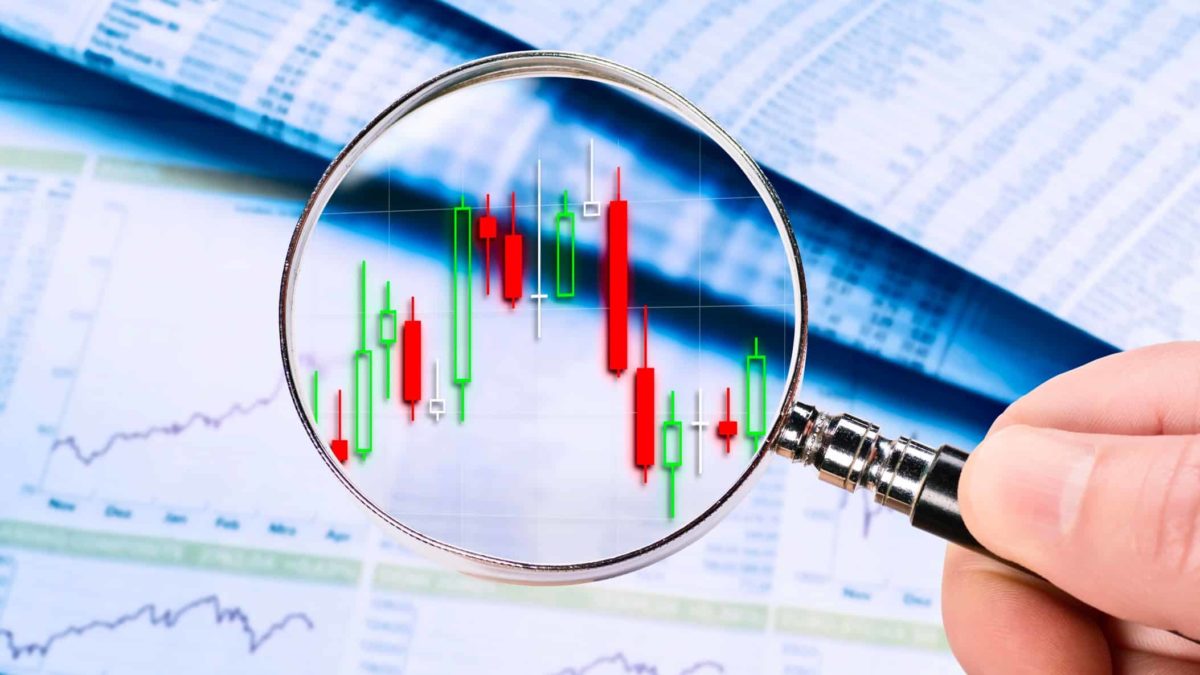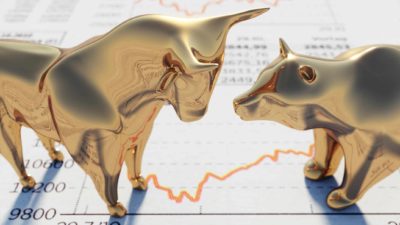Every year, index fund provider Vanguard releases a now-famous chart. This chart is released every September on what our chief investment officer Scott Phillips calls "probably not my favourite day of the year… but it's bloody close".
Why is Scott so enamoured with one simple picture? Well, this chart plots the performance of several asset classes over the past 30 years. Those asset classes are typically Australian shares, American shares, international shares, bonds, property, and cash. The returns of all of these assets are charted against inflation.
Every single year, this chart demonstrates that shares are the best asset to have owned over the previous three decades. For example, last year's chart shows that someone who had invested $10,000 in ASX shares back on 1 July 1994 and just left it alone would have had $135,165 to their name by 30 June 2024. That certainly beats the pants off of the $34,552 they would have had if they had left that money in a term deposit or savings account.
However, we're still five months or so away from the release of the 2025 Vanguard chart. So, why are we discussing this today?
Market volatility rears its ugly head
Well, I thought it would be a good chance to return to this chart for its other major insight, given the extreme market volatility we have endured over the past six or seven weeks. Not to mention the volatility that has a good chance to come in the immediate future, given the disruptive trade policies and plans of the Trump administration.
That major insight is that there might always be reasons not to invest in the share market. But those reasons never actually materialise into poor stock market returns over long periods of time. Vanguard's chart shows a number of highly destructive and fear-inducing black swan events over the three decades to 2024.
There was the Asian currency crisis of the late 1990s.
The introduction of the GST in 2000.
The 9/11 terrorist attacks in 2001.
The Iraq War that began in 2003.
The 2004 Boxing Day Tsunamis.
The global financial crisis of 2008 and 2009.
The 2010 Gulf of Mexico (or America?) oil spill.
The Fukushima nuclear disaster of 2011.
Brexit.
COVID-19.
And the invasion of Ukraine by Russia in 2022.
All of these events were damaging and destructive events that also brought tragedy in many cases. As well as massive market volatility.
Yet the stock market still managed to turn $10,000 into $135,165.
If an investor had sold out their shares due to any one of these events, they would almost certainly be poorer for it today.
I believe the same will be true in 2025.
Buffett says don't sell, buy
Yes, Trump's trade policies do arguably threaten global growth. They may cause more market volatility, a resurgence in inflation, and an increase in unemployment either here or abroad in the world. They could also have a bark that is much worse than their bite. I don't know yet, and nor does anybody else, I'd wager.
What I do know is that the markets have never failed to hit and exceed a previous all-time high. And I know that they go up far more often than they go down. If they can handle multiple global downturns, attacks, tragedies, geopolitical firestorms, wars, and everything else that history has thrown at them to date and still hit a new all-time high in February of this year, then I think they can handle a trade war.
So I'm not selling any shares because of what might happen on 'liberation day' this week. And I don't think anyone else should, either. Investing is a game that rewards long-term, inactive participants. Or, as Warren Buffett once put it, "The stock market is a device to transfer money from the 'impatient' to the 'patient'".
Buffett also once said that, "Widespread fear is your friend as an investor because it serves up bargain purchases".
Keep those thoughts in mind the next time the markets have a panic attack. Your portfolio will probably thank you for it. Not to mention your future self.









